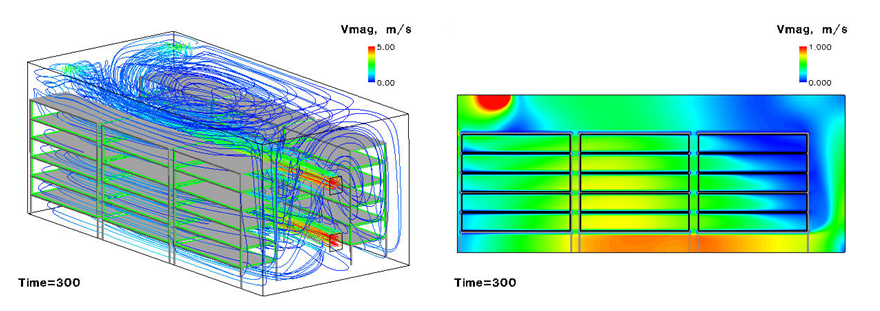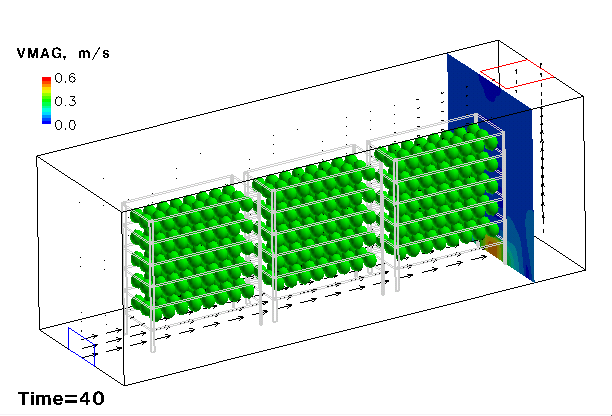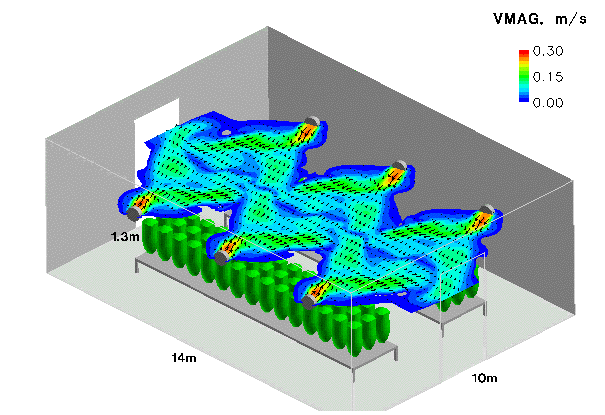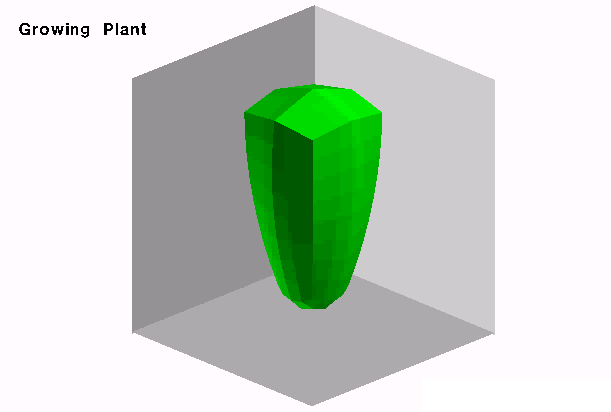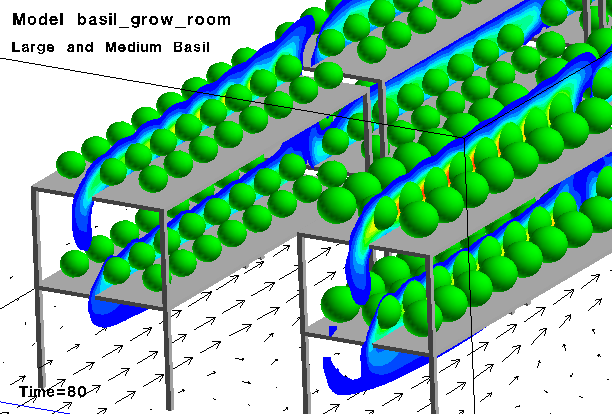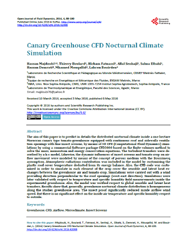A D V A N C E D C O M P U T E R - A I D E D E N G I N E E R I N G S O L U T I O N S
H A V E a Q U E S T I O N ?
I N F O R M A T I O N R E Q U E S T
Fill out the following form to request additional information on the capabilities of CAESIM
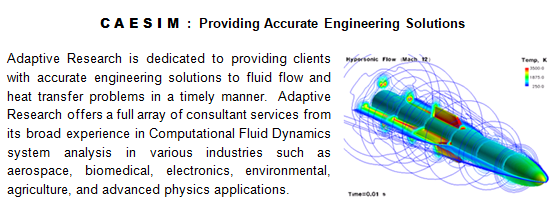
E X P L O R E U N L I M I T E D S I M U L A T I O N P O S S I B I L I T I E S !
C O M P U T E R - A I D E D E N G I N E E R I N G S I M U L A T IO N P L A T F O R M
F L U I D F L O W, H E A T T R A N S F E R, A N D M U L T I - P H Y S I C S
Agriculture
The number of indoor farming businesses is growing rapidly around the world as technology advances. Climate heterogeneity and crop activity is increasingly becoming important for optimizing crop quality/yield. It is necessary to understand/quantify the spatial distribution of crop temperature, transpiration, and other environmental factors. The number of indoor farming facilities implementing "smart" technology is also increasing rapidly world-wide.
CAESIM simulations provide details of the distributed climate for indoor farming, allowing for optimal overall facility design and performance. A unique proprietary method had been developed that can be applied to many types of produce crops (e.g., basil, arugula, tomato plants, etc). In addtion, this simulation capability can be utilized for plant growth facilities of varying levels of complexity and size.
Agricultural Applications
Distributed Environment
One key aspect to optimizing the distributed climate within indoor plant growth facilities, is understanding plant-air interactions. In particular, the leaf boundary layer climate and air flow through the plant crop itself. Climate heterogeneity and crop activity is increasingly becoming important for optimizing crop quality/yield. It is necessary to understand/quantify the spatial distribution or crop temperature and transpiration.
Plant Characteristic Modeling
A porous media approach is used to model the dynamic effect of the plants on the flow. The insertion of plants into an air flow stream generates a fall in momentum due to the drag effect of the plants corresponds to the term grad P of the Navier-Stokes equations. This drag force is expressed by means of a commonly used formula linking the drag effect of the leaf area index (LAI), and the air velocity by means of a drag coefficient.
Transpiration Modeling
The algorithmic model for plant transpiration is accomplished by assimilating the plants into a porous medium exchanging latent and sensible heat with the environment.

Agricultural Simulations
Additional Information
© 2024 Adaptive Research. All rights reserved.





